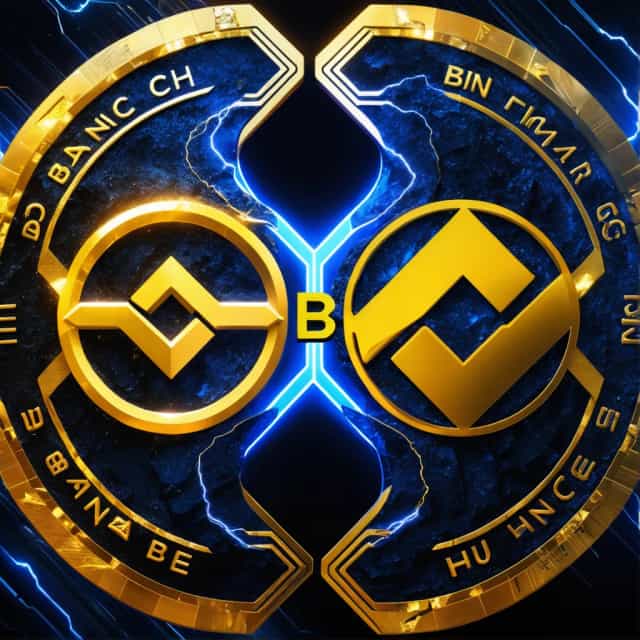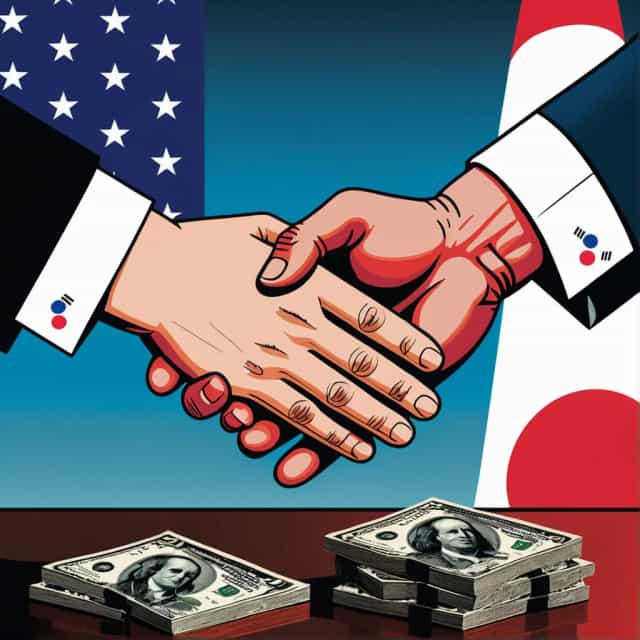
Image source: Block Media
Ethereum (ETH) Solidifies Its Lead as Top Blockchain Developer Ecosystem in 2025
Ethereum (ETH) has firmly established itself as the premier developer ecosystem in the blockchain industry by 2025, as indicated in a recent report from The Crypto Basic dated October 16. The Ethereum Foundation revealed impressive growth, with 16,181 new developers joining the platform between January and September, underscoring Ethereum’s role as the epicenter of blockchain innovation and infrastructure development.
In comparison, Solana (SOL) attracted 11,534 new developers during the same period, earning it the second position within the developer ecosystem hierarchy. Solana has demonstrated particularly strong momentum in decentralized finance (DeFi) and consumer-oriented applications. Meanwhile, Bitcoin (BTC) ranked third with 7,494 new developers, although its developer growth appears comparatively moderate.
Ethereum Dominates Active Developer Contributions
Ethereum maintains its leadership in terms of active developer engagement, further solidifying its position as the backbone of global blockchain development. The report revealed that 31,869 developers are actively contributing to Ethereum’s codebase—almost double the number of developers working on Solana, which totals 17,708. Together, Ethereum and Solana account for nearly 50% of the global blockchain developer workforce, showcasing a striking concentration of talent between these two networks.
This dominance highlights Ethereum's ecosystem as the preferred choice for developers seeking stability, innovation, and community support. Meanwhile, Solana’s rise indicates its growing appeal as a competitive alternative. The polarization of developer talent reflects the ongoing evolution and maturity of the blockchain industry amid rising demand for secure and scalable solutions.
Ethereum and Solana Price Correlation: Moving in Synchrony
Another intriguing aspect of Ethereum and Solana's dynamic competition is their significant market price correlation. According to analysis, the price movements of ETH and SOL have demonstrated near-perfect synchronization, registering a correlation coefficient of 0.96 over the past few months.
At the time the report was published, Ethereum’s price stood at $3,954, reflecting a 4.1% decline, while Solana was trading at $196, down 3%. This remarkable level of correlation suggests that investors view both assets as strong indicators of overall market sentiment and risk appetite in the digital asset space. Their interconnected performance positions ETH and SOL as key benchmarks for blockchain and crypto market trends.
Ethereum’s DeFi Leadership vs. Solana’s Rapid Growth
In the battle for dominance in decentralized finance, Ethereum remains unrivaled. According to DeFi Llama, Ethereum commands a staggering 67.5% of the total value locked (TVL) across all DeFi projects. Its extensive integrations, protocols, and liquidity networks solidify its place as the cornerstone of decentralized finance.
However, Solana is rapidly gaining ground, now capturing an 8.7% market share in TVL. This reflects Solana’s aggressive push into DeFi and its expanding on-chain activity. Key strengths like fast transaction speeds and low costs have enabled Solana to position itself as a viable “Ethereum challenger.”
Other blockchains, including BNB Chain (5.1%), Bitcoin (3.12%), and TRON (TRX, 1.83%), lag well behind Ethereum and Solana in terms of TVL—the metric widely regarded as a benchmark for DeFi success. While Ethereum’s established dominance remains unshaken, Solana’s accelerating growth highlights its potential to reshape competitive dynamics within the sector.
The High-Stakes ETH vs. SOL Rivalry Post-2025
Moving forward into the post-2025 landscape, the ongoing rivalry between Ethereum and Solana promises to be a defining factor in the evolution of blockchain technology. Ethereum continues to benefit from structural advantages, including robust liquidity, extensive developer tools, and a mature community that offers unmatched support for innovation.
Meanwhile, Solana is narrowing the gap with its focus on speed, efficiency, and consumer-focused applications. The network’s ability to capture market share and developer talent positions it as a serious contender to Ethereum’s dominance. Its unique attributes make it the preferred choice for projects requiring high-performance solutions, especially in gaming and emerging Web3 technologies.
This head-to-head competition is expected to shape the future of user adoption, technological progress, and market dynamics within the blockchain sector. Investors, developers, and industry stakeholders will undoubtedly monitor Ethereum and Solana closely as both networks continue to influence and redefine the trajectory of blockchain innovation in the years to come.










